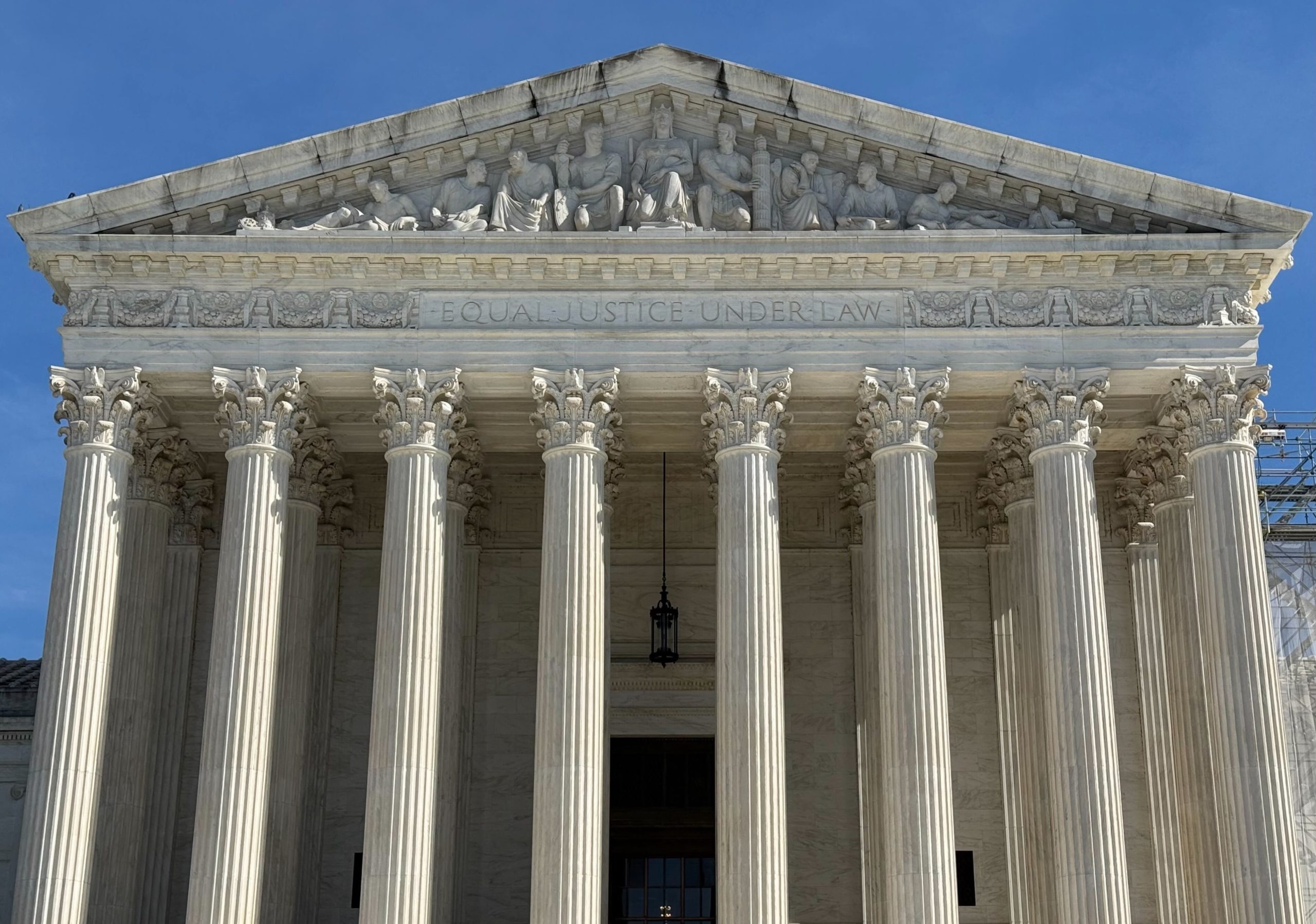A brief history of Supreme Court rulings on hair


One of the cases the Supreme Court will hear during the 2025-26 term started with a haircut.
Damon Landor’s head was forcibly shaved in 2020 after he arrived at Raymond Laborde Correctional Center, part of the Louisiana prison system. Landor had shared legal documents showing that Rastafarian prisoners growing their hair for religious reasons had to be allowed to keep their dreadlocks, but a guard threw the papers in the trash and called the warden, who ordered the guards to proceed with the cut.
Louisiana officials now agree with Landor that the haircut shouldn’t have happened. But they dispute his claim that the Religious Land Use and Institutionalized Persons Act gives him the right to sue the warden and guards in their individual capacities for damages.
Although the court’s eventual ruling in the case will almost certainly have more to do with the text of RLUIPA than Landor’s chosen hairstyle, the case still calls to mind past debates on hair-related restrictions — and some memorable comments from justices about what you can hide in a beard and whether hair rules in schools constitute a national crisis.
The Supreme Court most recently reflected on grooming standards a decade ago in Holt v. Hobbs, a case about whether an Arkansas prison policy preventing a Muslim prisoner from maintaining a short beard for religious reasons violated RLUIPA.
During oral arguments in October 2014, Justice Samuel Alito grilled the lawyer defending Arkansas’ policy about whether a half-inch long beard was as much of a threat as prison officials made it seem. You can’t hide a gun in a short beard, Alito noted, nor can you grow one fast enough to trick guards into admitting you into the wrong building after some time spent outdoors.
Alito went on to write the court’s unanimous opinion in the case, which held that the beard ban violated the religious freedom protections guaranteed by RLUIPA. In the opinion, Alito reiterated his skepticism about safety-related claims made by prison officials.
“The Department worries that prisoners may use their beards to conceal all manner of prohibited items, including razors, needles, drugs, and cellular phone subscriber identity module (SIM) cards. We readily agree that the Department has a compelling interest in staunching the flow of contraband into and within its facilities, but the argument that this interest would be seriously compromised by allowing an inmate to grow a 1/2-inch beard is hard to take seriously,” Alito wrote.
He added that the beard ban would make more sense if there was a similar ban on certain hairstyles or pieces of clothing. “Hair on the head is a more plausible place to hide contraband than a 1/2-inch beard—and the same is true of an inmate’s clothing and shoes. Nevertheless, the Department does not require inmates to go about bald, barefoot, or naked.”
The court also addressed grooming standards almost five decades ago in Kelley v. Johnson, which did not involve a religious freedom claim, but did involve similarly passionate debate about the stakes of a haircut or beard trim.
The case centered on a police department policy in Suffolk County, New York, governing the length of male officers’ hair, sideburns, and mustaches and prohibiting them from growing beards and goatees, unless they needed to for medical reasons. A member of the department claimed the policy violated his right to free expression under the First Amendment, as well as the 14th Amendment’s guarantees of due process and equal protection, and the U.S. Court of Appeals for the 2nd Circuit agreed.
In a 6-2 opinion released in April 1976, the Supreme Court reversed the 2nd Circuit’s decision, ruling that the court of appeals should have given more deference to the Suffolk County Police Department’s sense of what grooming standards were necessary to promote “discipline, esprit de corps, and uniformity.”
“The overwhelming majority of state and local police of the present day are uniformed. This fact itself testifies to the recognition by those who direct those operations, and by the people of the States and localities who directly or indirectly chose such persons, that similarity in appearance of police officers is desirable. This choice may be based on a desire to make police officers readily recognizable to the members of the public, or a desire for the esprit de corps which such similarity is felt to inculcate within the police force itself. Either one is a sufficiently rational justification for regulations so as to defeat respondent’s claim,” wrote then-Justice William Rehnquist for the majority.
In dissent, Justice Thurgood Marshall, joined by Justice William Brennan, criticized the majority for insufficiently addressing the 14th Amendment’s protection of “one’s interest in dressing according to his own taste.” The right to “choose [your] own personal appearance” is actually “so clear as to be beyond question,” he wrote, adding that it’s less clear whether the police department’s grooming standards are reasonable and necessary.
“I simply do not see how requiring policemen to maintain hair of under a certain length could rationally be argued to contribute to making them identifiable to the public as policemen,” Marshall said.
As Marshall’s dissent noted, several courts of appeals in the 1960s and 1970s had ruled on grooming standards for schoolchildren. While these cases did not all turn out the same way, none “indicated that the Constitution may offer no protection at all against comprehensive regulation of the personal appearance of the citizenry at large.”
The Supreme Court had turned down requests to review several of those cases, and at least one of the justices at the time made it clear that the court had better ways to spend its time than reviewing school rules on haircuts and clothes.
Specifically, in 1971, Justice Hugo Black scoffed at a request for emergency relief from students in Texas who were challenging a school policy stating that boys’ hair must not “hang over the ears or the top of the collar of a standard dress shirt and must not obstruct vision.” He questioned their definition of emergency and said states are more than capable of setting grooming standards without the court’s intervention.
“The words used throughout the record, such as ‘Emergency Motion’ and ‘harassment’ and ‘irreparable damages,’ are calculated to leave the impression that this case over the length of hair has created or is about to create a great national ‘crisis.’ I confess my inability to understand how anyone would thus classify this hair length case. The only thing about it that borders on the serious to me is the idea that anyone should think the Federal Constitution imposes on the United States courts the burden of supervising the length of hair that public school students should wear,” Black wrote to explain his denial of the motion.
At least when it comes to the Supreme Court, Black has gotten his wish. While the justices did consider grooming standards in Holt v. Hobbs and Kelley v. Johnson, they haven’t (yet) heard a case on hair restrictions in schools.
Still, Black’s disinterest in hair-related debates makes him stand out. In general, the court has taken complaints about forced haircuts and beard trims quite seriously, even though supporters of shaggier looks haven’t always proven victorious.
Posted in Court Analysis, Uncategorized
Cases: Landor v. Louisiana Department of Corrections and Public Safety